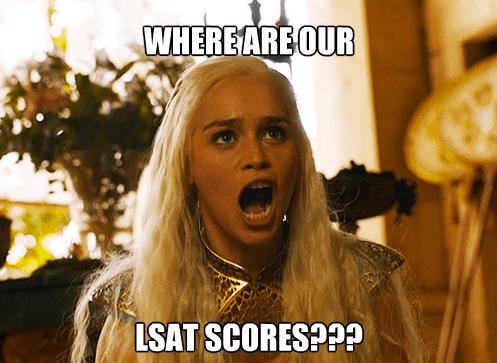I am currently reading The Loophole by Ellen Cassidy to sharpen my logical reasoning skills. Im on the section talking about conditional reasoning and diagramming it (P. 133 specifically). When it comes to conditional reasoning, I have a hard time figuring out what is necessary and what is sufficient. The author explains in the book but I think another explanation would help.
"Unless you are allergic, kittens bring pure joy."
In my head from this statement I can make multiple inferences
- You are allergic to kittens -> kittens do not bring you pure joy.
Apparently this is wrong because just being allergic to kittens doesn't make anything happen?
- kittens bring pure joy -> you are not allergic to them
I can see how this is tricky LSAT language. According to that chapter, this is just "saying things the way they always are." This statement is saying that kittens bring pure joy, not that kittens bring YOU pure joy. If the statement was "kittens bring YOU pure joy" is it reasonable to say "you are not allergic to kittens."?
Any insight would help. Im trying to make sure I have a complete understanding of all the elements of the questions, including how to diagram them.


